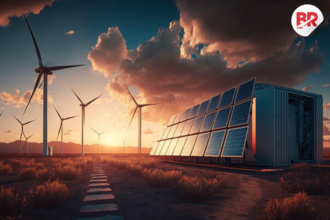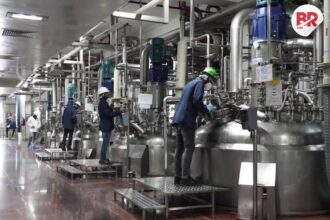
Critical Mineral Export Paradox: Why India Must Stop Selling the Wheat and Start Baking the Bread
India wants to be a global manufacturing powerhouse. But here’s the paradox: in 2023, over 75% of our critical mineral exports were raw materials, not finished goods. That’s like growing the crops and letting someone else bake the cake—and eat it too.
What Are Critical Minerals, and Why Do They Matter?
These minerals—think lithium, cobalt, nickel—are essential to clean tech. They’re the backbone of electric vehicles, solar panels, and energy storage systems. Without them, the green economy simply doesn’t run.

For India, this should be a golden opportunity. Yet instead of converting our raw mineral wealth into high-value exports, we’re shipping it off in its most basic form. In fact, battery materials alone made up nearly $595 million in export value last year. That’s money, jobs, and innovation heading overseas.
What Does This Mean for You and Me?
It means India is missing out on an economic upgrade. If we processed these minerals here and made components or products—like EV batteries or solar parts—we’d create jobs, wealth, and tech leadership. Instead, we’re helping other countries move up the value chain while we stay stuck at the bottom rung.
Also Read India’s Domestic Growth Engines May Be the World’s Quiet Economic Ace
The Battery Bottleneck
The battery materials sector shows exactly where we’re stumbling. We’ve got the minerals, but not the manufacturing muscle to turn them into battery-grade components. This weak link is holding back India’s EV ambitions.
And here’s the kicker: even countries with no mineral deposits are ahead of us in the battery value chain because they invested early in tech and infrastructure. So while we’re rich in rocks, they’re rich in returns.
So, What’s Holding India Back?
Let’s break it down:
- Limited Processing Capacity: India lacks the facilities to refine these minerals into battery-grade or tech-ready materials.
- Technology Gaps: We’re still catching up in R&D needed for high-end refining and manufacturing.
- Supply Chain Weaknesses: Mining, refining, and assembling parts are all disjointed, making it hard to scale production.
- Investment Challenges: Without strong policy support and ease of doing business, private players hesitate to build big here.
Also Read India’s Private Sector Rises to 8-Month Peak—What Does This Mean for Jobs and Growth?
The Good News: We’re Starting to Wake Up
The government has rolled out PLI schemes (Production Linked Incentives) to push companies to manufacture more within India. There’s also a growing push to form strategic partnerships for tech and mineral access. NITI Aayog’s push for critical mineral security shows clear intent.
Additionally, we’re exploring circular economy options—recovering these minerals from e-waste. Smart move, considering the global push toward sustainability.
Where Do We Go From Here?
India needs to pivot—fast. We must:
- Build processing and refining facilities across the country.
- Fund and support homegrown R&D in mineral tech.
- Incentivize industries to manufacture value-added products locally.
- Simplify regulations to attract foreign and domestic investment.
- Link mining to manufacturing via a robust domestic supply chain.
This is more than economics. It’s about self-reliance, sustainability, and sovereignty in the new energy age.
Final Thought: Flip the Script
Let’s stop exporting potential and start exporting power—literally and economically. The critical mineral export paradox can be solved. But only if India stops playing miner-for-hire and starts acting like the industrial leader it wants to become.
Because when you’ve got the recipe, the ingredients, and the oven—there’s no excuse not to bake the bread.
Also Read IMF Cuts India’s Growth Forecast to 6.2% for FY26 – Key Reasons Explained!












